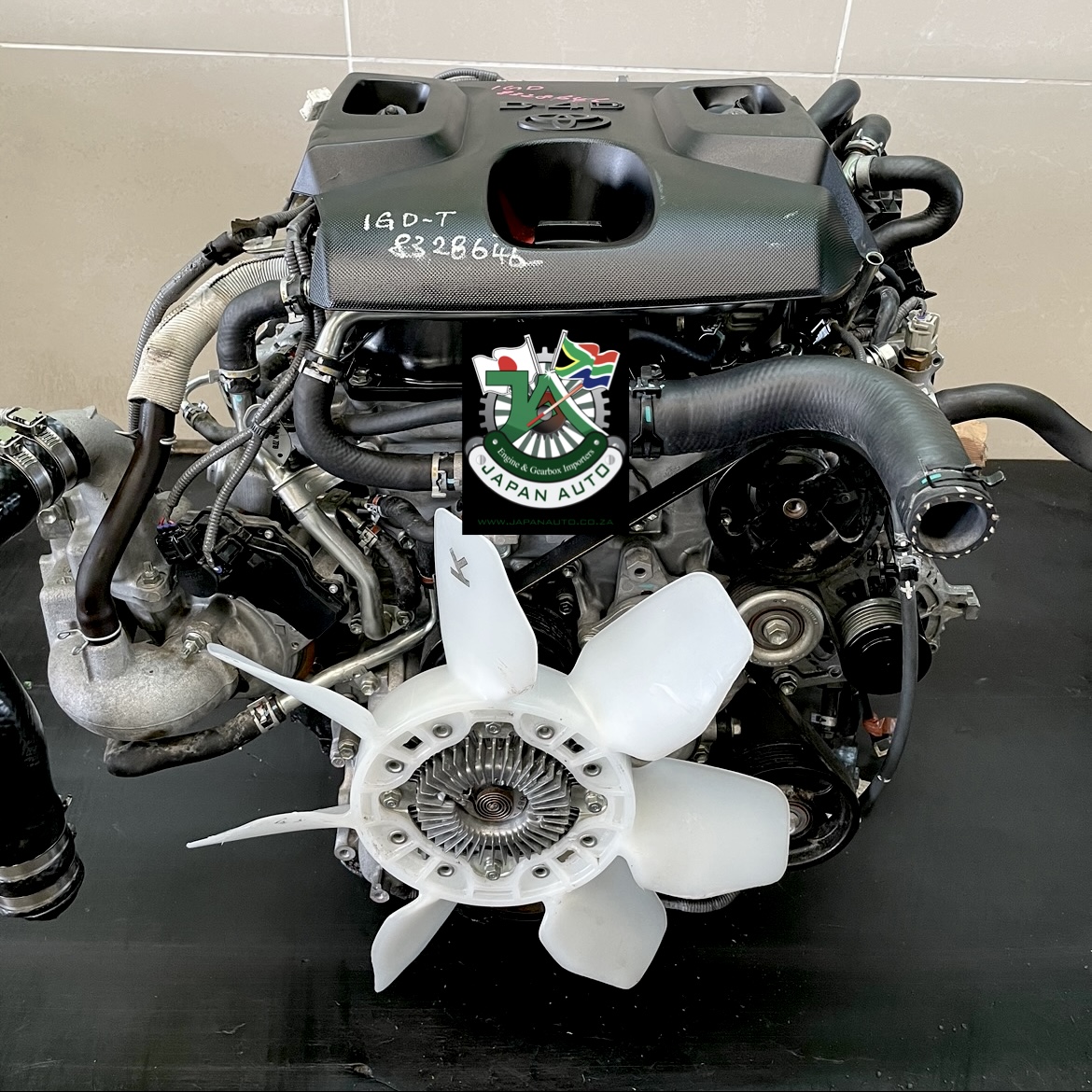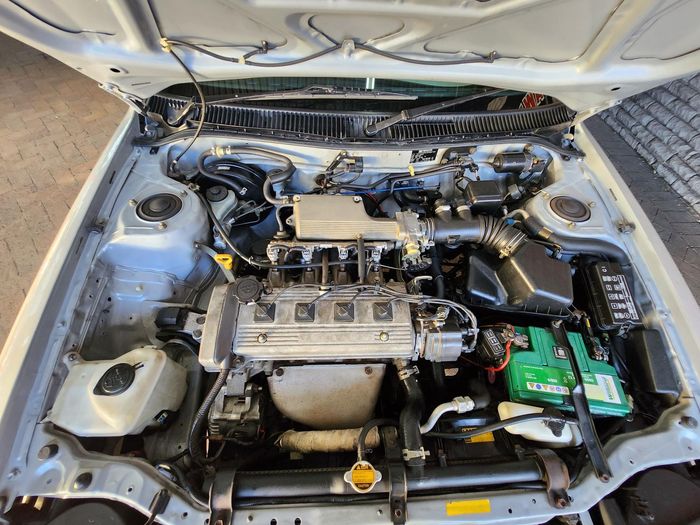Discover the Latest Patterns in Engine Modern Technology Through Tazz
In the rapidly progressing landscape of auto technology, Tazz stands at the forefront, highlighting significant improvements in engine systems that focus on both technology and sustainability. tazz. From crossbreed engines that maximize fuel efficiency to the emergence of hydrogen fuel cells, the trends shaping modern powertrains are not only enhancing efficiency yet additionally attending to essential ecological obstacles. As the sector remains to press borders, it is important to consider how these developments will certainly affect future transport options and the wider ramifications for worldwide energy consumption. What lies in advance in this crucial makeover?
Crossbreed Engine Innovations
Hybrid engine innovations stand for a critical change in vehicle innovation, incorporating the advantages of internal burning engines with electric propulsion systems. This assimilation not only enhances gas efficiency yet also lowers discharges, conference significantly strict ecological regulations. By making use of both energy resources, hybrid engines can optimize efficiency, delivering power when required while conserving fuel during less demanding motoring conditions.
Recent advancements in hybrid modern technology include renovations in battery efficiency and regenerative stopping systems. These developments enable greater energy recuperation during slowdown, which can be rerouted to assist in acceleration or power accessory systems. Producers are concentrating on light-weight materials and compact styles to maximize the efficiency of hybrid powertrains.
The advancement of plug-in crossbreeds has actually additionally expanded the marketplace, enabling chauffeurs to charge their automobiles making use of standard electrical outlets. This feature typically enables considerable all-electric array, further decreasing reliance on conventional fuels. tazz. As the vehicle market remains to progress, hybrid engine technologies are expected to play a vital function in connecting the space between traditional cars and fully electric models, supplying a transitional option that provides to diverse consumer needs and choices
Breakthroughs in Electric Powertrains
The auto landscape is swiftly progressing, with electrical powertrains becoming a leading pressure in sustainable transportation. Advances in electrical automobile (EV) innovation are dramatically enhancing individual, efficiency, and efficiency experience. Secret innovations consist of enhancements in battery chemistry, which have actually raised power density, reduced billing times, and extended general battery life.
Solid-state batteries, for instance, assure to reinvent the market by supplying higher safety and security and effectiveness compared to typical lithium-ion cells. Advancements in regenerative braking systems are making it possible for cars to recoup energy during slowdown, contributing to total efficiency.
In enhancement to battery technology, electric motor layouts are becoming much more innovative. Innovations such as integrated electric motors and progressed thermal administration systems are helping to enhance power distribution and reduce weight, eventually boosting vehicle characteristics.

Jointly, these breakthroughs emphasize the commitment to transition towards cleaner, more reliable transport options, positioning electric powertrains at the forefront of automotive innovation.
The Surge of Hydrogen Gas Cells
Significantly, hydrogen gas cells are getting grip as a practical alternative to traditional inner burning engines and battery electric cars. This technology harnesses the chemical energy saved in hydrogen, transforming it into electricity via an electrochemical response with oxygen. The primary byproduct of this procedure is water, making hydrogen fuel cells an environmentally friendly alternative with no discharges at the tailpipe.

Automakers are significantly spending in hydrogen fuel cell technology, identifying its potential for long-range applications and fast refueling abilities that match conventional fuels. Additionally, markets such as sturdy transportation and public transportation are especially appropriate for hydrogen fuel cells, where battery electrical options might fail due to weight and variety limitations.
As research study and financial investment my response proceed to increase, hydrogen gas cells are positioned to play a substantial duty in the future landscape of tidy transport and power remedies.
Enhancements in Internal Burning Engines
Innovations in inner combustion engine (ICE) modern technology are changing conventional vehicles to fulfill contemporary environmental criteria and efficiency expectations. Straight fuel injection, for circumstances, allows for far better atomization of gas, leading to more full combustion and this link enhanced power result.
Furthermore, turbocharging has actually gotten prominence, permitting smaller engines to supply higher efficiency without the weight of larger engines - tazz. This technology not just boosts performance however additionally adds to decrease fuel intake. Variable valve timing systems are additionally being fine-tuned, making it possible for engines to adapt to numerous driving conditions for boosted torque and responsiveness
Furthermore, the usage of lightweight products in engine construction is coming to be basic, more enhancing fuel performance by decreasing total car weight. Engine control devices (ECUs) are increasingly innovative, enabling real-time modifications that maximize performance and discharges.
These improvements jointly represent an essential change in ICE technology, lining up with international sustainability goals while still offering the efficiency vehicle drivers get out of their cars. As the sector advances, these improvements remain to form the future of typical automotive engineering.
Future Patterns in Engine Effectiveness
Considerable innovations in engine efficiency are anticipated as producers concentrate on incorporating sophisticated modern technologies to meet strict environmental policies and consumer demands. The shift towards electrification, crossbreed systems, and alternate gas is see this site improving the vehicle landscape, driving technologies that boost gas economic situation and lower exhausts.
Among the vital fads is the execution of sophisticated materials and producing methods. High-strength alloys and light-weight composites add to decreased car weight, thus improving overall performance. Furthermore, the fostering of turbocharging and variable shutoff timing modern technologies enables for boosted power outcome from smaller engines, additionally enhancing gas economic situation.

Verdict
Technologies in hybrid engine systems, electric powertrains, and hydrogen fuel cells show a dedication to lowering emissions while improving efficiency. Renovations in inner combustion engines and a focus on lightweight materials contribute to general engine performance.
From crossbreed engines that maximize gas efficiency to the development of hydrogen fuel cells, the patterns shaping modern-day powertrains are not only improving performance however likewise resolving critical environmental challenges.Hybrid engine innovations represent a critical shift in automobile technology, integrating the benefits of internal combustion engines with electrical propulsion systems.In addition, turbocharging has actually obtained prestige, permitting smaller sized engines to provide higher performance without the weight of larger engines. Additionally, the fostering of turbocharging and variable shutoff timing innovations enables for improved power output from smaller engines, further boosting fuel economy.
Improvements in inner burning engines and a focus on lightweight products add to general engine efficiency.